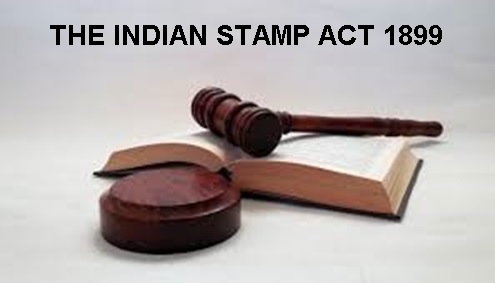With Corporate Social Responsibility (CSR), Sustainability Development Goals (SDG) and Environment, Social and Governance (ESG) concepts gaining much momentum in the last decade, the business community and the people have also recognised the importance of being socially responsible. There being statutory thrust in the form of CSR and ESG for companies of certain size, the NGOs and other charitable institutions play an important role. To ensure the NGOs and Charitable Institutions have access to large funds, the concept of Social Stock Exchange (SSE) was introduced during the Budget Speech in July 2019.
Both BSE and NSE have received approvals to run an SSE to list Social Enterprises. Social Enterprises are Section 8 companies, trusts, charitable societies which carry on activities like eradication of hunger and poverty, promoting gender equality, etc as specified by SEBI from time to time to qualify as a Social Enterprise. Also, the Social Enterprise shall have at least 67% of its activities, qualifying as eligible activities or at least 67% of the immediately preceding 3-year average of revenues or expenditures are from or spent towards eligible activities. Such Social Enterprises can now get listed on the SSE by making a public issue of securities.
Social Enterprises can be For-profit Social Enterprises (FPEs) and Not-for-profit Organizations (NPOs). SSE will act as a medium between Social Enterprises and fund providers or donors, by helping the donors to select those Social Enterprises that are creating measurable social impact.
Registered Social Enterprises may or may not choose to raise funds through SSE. The Social Enterprise that chooses to raise funds shall primarily issue Zero Coupon Zero Principal (ZCZP) securities. ZCZP is neither a bond nor a share. The investors do not get the control over the activities of the SSE. It is nothing but a donation to a Listed Social Enterprise creating or proposing to create a social impact. The minimum issue size is Rupees One Crore for BSE and Rupees Fifty Lakhs for NSE and the minimum application size is Rupees Two lakhs for BSE and Rupees Ten Thousand for NSE. The minimum subscription to be achieved is 75% of the issue size of ZCZP Instrument. Donations can also be done through mutual funds and other securities as may be notified by SEBI.
FPEs can raise funds through issuance of equity shares or debt securities on Main Board or SME Board or innovators growth platform or through AIF including Social Impact Fund.
SSE is like a regular stock exchange which will facilitate the listing of instruments or securities, except that instead of a profit and loss status, the listed Social Enterprises or NGOs are required to do social impact reporting. Donors to a Social Enterprise making an issue and listing on SSE will be able to track the end use of their donations and the impact that it has created. The Social Auditor, a practising Chartered Accountant or such other Professional as may be notified by the SEBI and possessing the qualification certificate issued by National Institute of Securities Market (NISM) shall undertake to do the impact assessment.
Recently, a Bengaluru based NGO SGBS Unnati Foundation, a Social Enterprise which funds education of under privileged, became the first Social Enterprise to make a public issue of 2,00,00,000 ZCZP of Re.1/- each and to get listed at BSE SSE. Unnati succeeded in receiving subscriptions amounting to 1,80,00,000 ZCZP of Re.1/- each which is 90% of the issue size.
The BSE and the NSE sites also provide the list of documents that are required for the purpose of registration and listing of the Social Enterprise. The enterprise shall pay the requisite fees and get itself registered and listed in the SSE.
SSE being a new set-up, the challenges and collateral benefits or pitfalls may only be known when more Social Enterprises get listed and use the variety of fund-raising avenues available to them. SEBI and the exchanges are expected to keep monitoring and adjusting their policies to streamline the processes.
In Tamil there is an adage which says that “the left hand should not know what the right hand gives” to mean charity should not be bragged upon. However, with the growth of business and wider interest in people participation in social causes and wider reporting of impact of such contributions, the left hand is now able to also know the impact of donation that the right gave!






